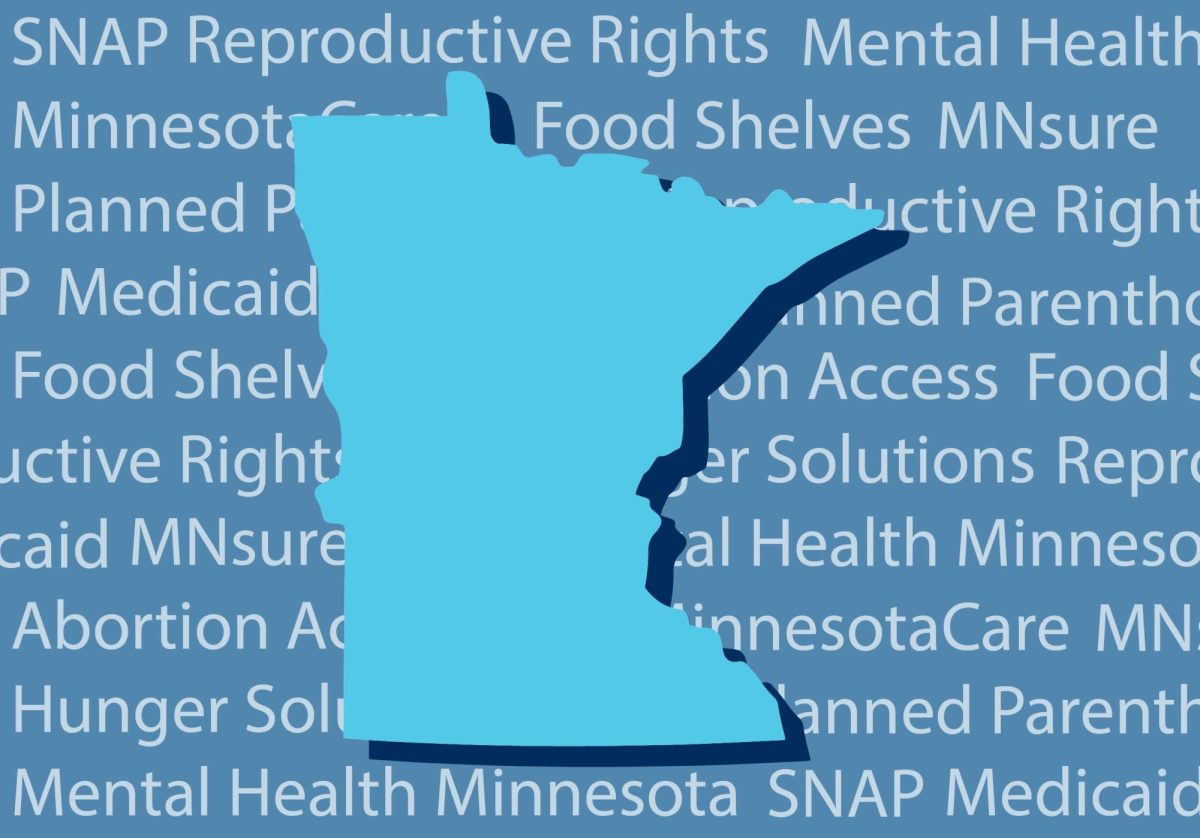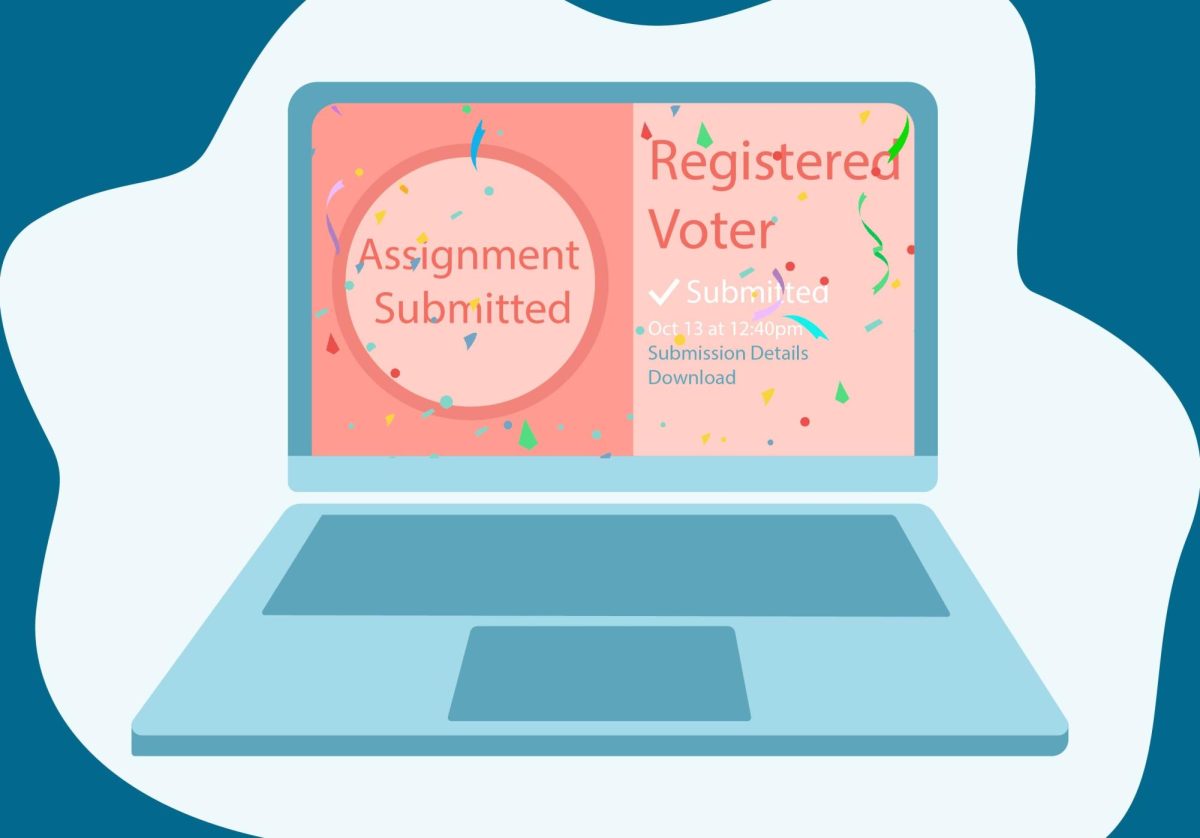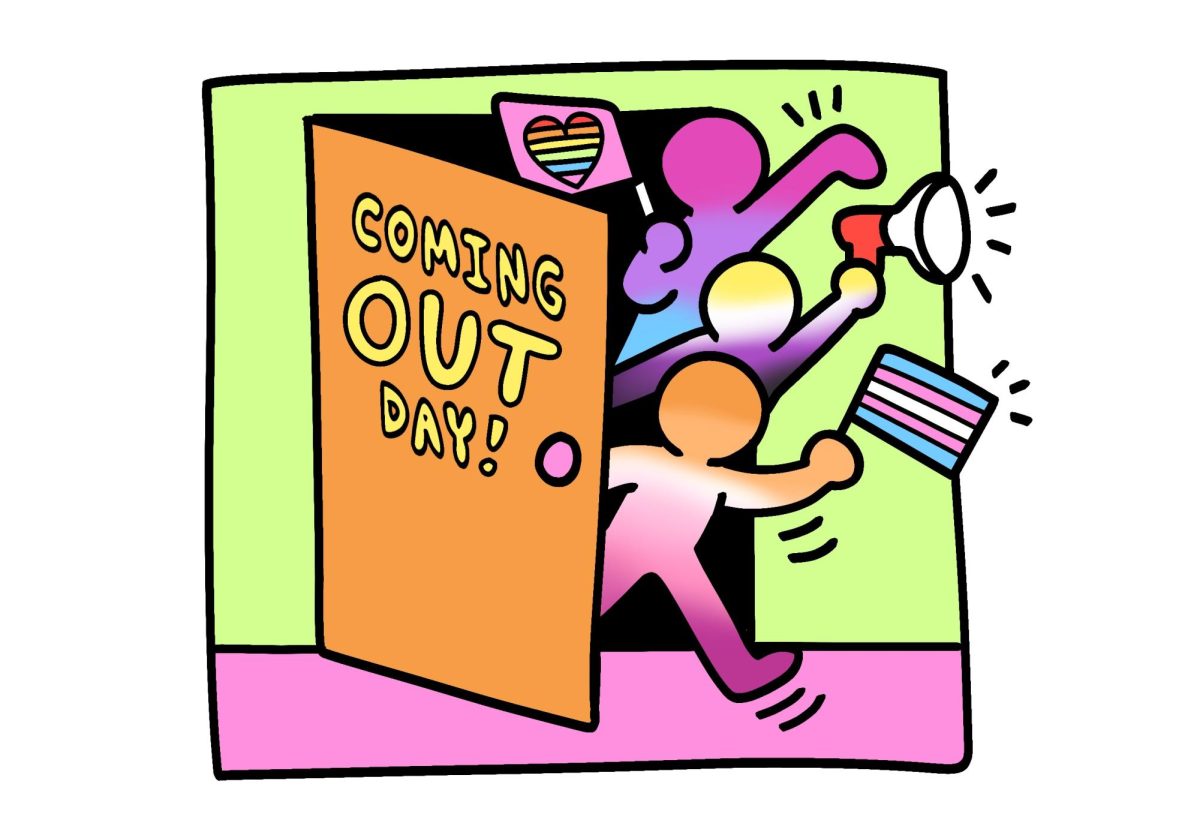With productivity, morale and the economy all reaching new lows, silver linings of the global pandemic seem scarce. However, if there were a perk it might be this: because most students have switched to online classes, in-school violence has almost entirely disappeared. Last month was the first March since 2002 that didn’t see a school shooting, according to CBS news.
In the last ten years, at least 180 school shootings have taken place in the United States, resulting in at least 114 deaths. The erratic trend of school shootings through the years have been a cause of much speculation. Why, in 2012, did fatalities suddenly spike from three (the year prior) to 31? And what made 2018, with at least 37 school shooting fatalities, the worst year of the decade?
These are questions that Stephanie La Haye, an advanced grants specialist for the Wisconsin State Department of Justice, considers daily. La Haye has been working with Wisconsin Act 143 since its inception in 2017. The act, which was passed in response to the Stoneman Douglas High School shooting, allocated $100 million dollars for the purpose of school safety in the state.
In the 2015-16 school year, 95% of public and private schools in the United States participated in some kind of lockdown drill procedure. However, drill protocols can vary widely.
Most schools opt for conversational classroom discussions outlining run-hide-barricade procedures. On the other hand, some schools have actually hired private organizations to enter their building wearing masks and carrying weapons to simulate an active shooter emergency.
In one instance last year, a high school in Florida issued a “code red” emergency over the PA, announcing the presence of an active shooter. Only when students began calling their parents, and parents likewise calling the police, did the school make any mention of the event as a drill. For obvious reasons, active shooter simulations are psychologically damaging to those involved, and have been contested by teacher unions across the nation.
Of course, there are certain infrastructural precautions schools can take, including drills and protective equipment. But at the end of the day, professionals agree that the most effective way to address school shootings is at the root.
La Haye suggests that schools take a safety approach based on ‘trauma-informed care,’ a philosophy which advocates for children exposed to violence at an early age. The programs she proposes prioritize staff training programs, in-school counseling and extended mental health resources.
One program she is particularly excited about is the implementation of a state-wide anonymous tip-line. The U.S. Secret Service and Department of Education studied incidents from 2008 to 2017 and found that 100% of perpetrators displayed concerning behavior prior to the incident, and that in 77% of cases, at least one peer or family member suspected imminent violence.
The U.S. Department of Education’s data from the 2015-16 school year found that roughly 67% of schools employ a psychologist, and only 46% had a social worker. Schools with higher minority populations have even fewer resources, and most school counselors in the country manage nearly 400 students. These numbers probably don’t reflect a lack of care or understanding that student mental health resources are essential but, more likely, a lack of funding.
As a result, most schools simply do not have the capacity to offer preemptive, long-term student care and instead focus on reactionary crisis management. Those circumstances don’t bear well for students. Even though most teachers have a complex understanding of each student’s nuanced behaviors, they simply cannot provide the depth of care some students need.
With any luck, students will be returning to class next fall, and mental health resources will be more essential than ever. The safety of the environment they return to depends entirely on what preventative actions schools take now.












